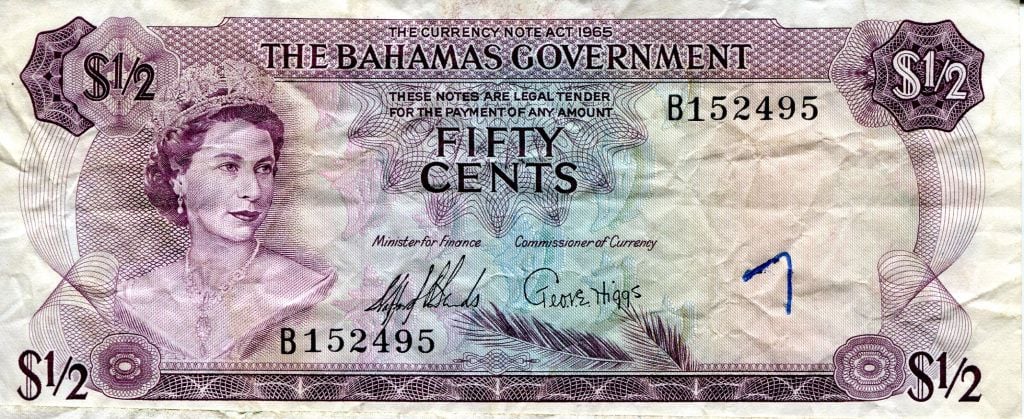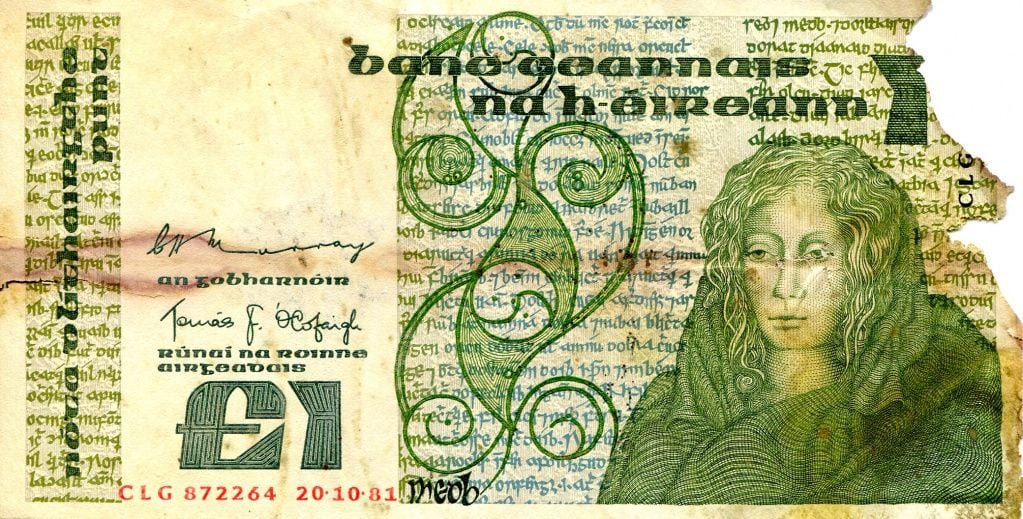 Australia
Australia Grading Standards Info

We are live member of The International Bank Note Society - IBNS #11119. The International Bank Note Society (IBNS) was founded in 1961. It operates as a non-profit educational organization and in furtherance of such purpose, its objectives are to promote, stimulate, and advance the study and knowledge of worldwide banknotes and paper currencies and all matters related thereto along educational, scientific and historical lines. Currently the IBNS has over 2,000 members in more than 90 countries.
UNCIRCULATED (UNC)
A perfectly preserved note, never mishandled by the issuing authority, a bank teller, the public or a collector. An uncirculated note will have its original natural sheen. For both paper and polymer banknotes, the note is clean and firm, without discoloration.
Corners are sharp and square, without any evidence of rounding. (Rounded corners are often a tell-tale sign that an apparently high grade item has been cleaned or “doctored.”)
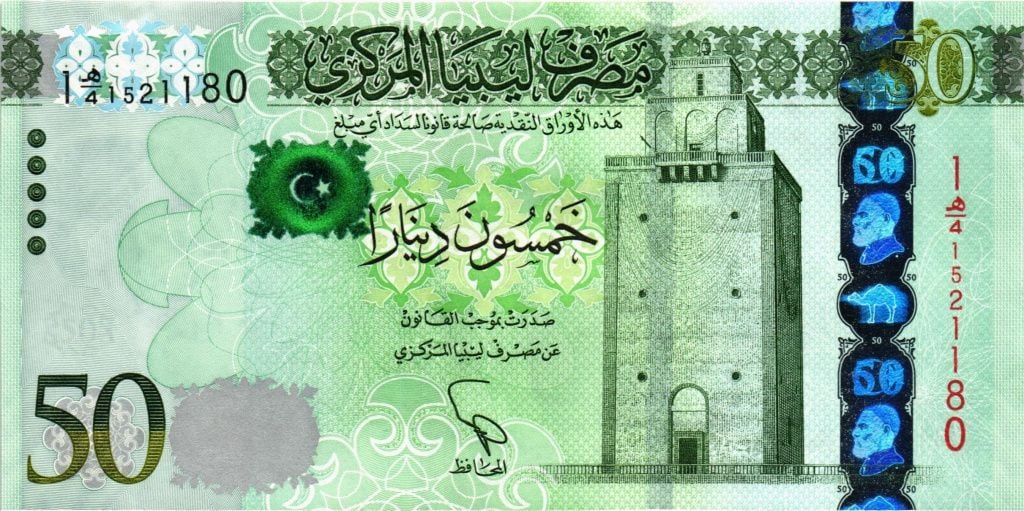
ABOUT UNCIRCULATED (AU или A/UNC)
A virtually perfect note, with some minor handling. May show evidence of counting wrinkles (or teller flicks) folds at a corner or one light fold through the center, but not both. An AU note cannot be creased. Surface is clean and bright with original sheen. Corners are not rounded.

XF или EF
A very attractive note, with light handling. May have a maximum of three light folds or one crease. Surface is clean and bright with original sheen. On paper notes the corners may show only the slightest evidence of rounding.
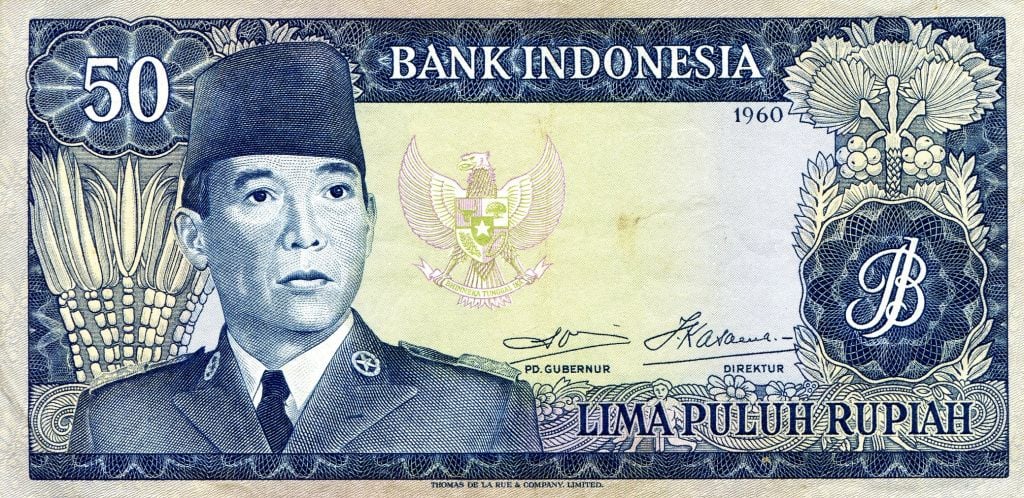
VERY FINE (VF)
An attractive note, but with more evidence of handling and wear. May have a number of folds both vertically and horizontally. Paper may have minimal dirt, or possible color smudging. Paper itself is still relatively crisp and not floppy. There are no tears into the border area, although the edges do show slight wear. Corners also show wear but not full rounding.

FINE (F)
A note that shows considerable circulation with many folds, creases and wrinkling. Edges may show minor handling, but the note is not excessively dirty. Colors are clear but not bright. A staple hole or two would not be considered unusual wear in a Fine note. Overall appearance is still on the desirable side. Paper notes may have some softness and have minor tears in the border area; but the tears may not extend into the design. There will be not center hole due to folding. Polymer notes may have ink missing in the border areas.
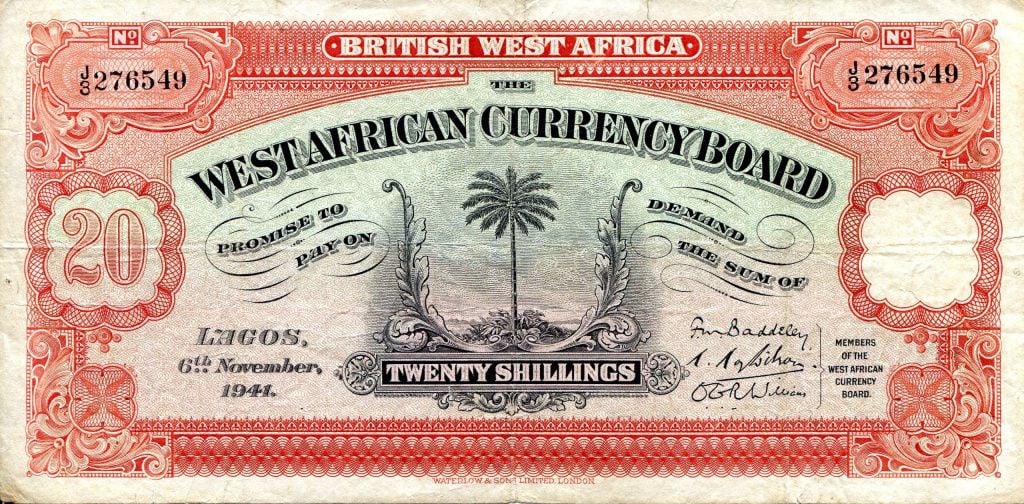
VERY GOOD (VG)
A well-used note, abused but still intact; i.e. no pieces can be missing. Some discoloration may be present, staining may have occurred, and staple and pinholes are usually present. A note in Very Good condition may still have an overall attractive appearance. Paper notes are quite limp; corners may have much wear and rounding. Edges may have tiny nicks, tears may extend into the design, and a small hole may be seen at center from excessive folding. Polymer notes are quite crumpled and the edges may have much wear.
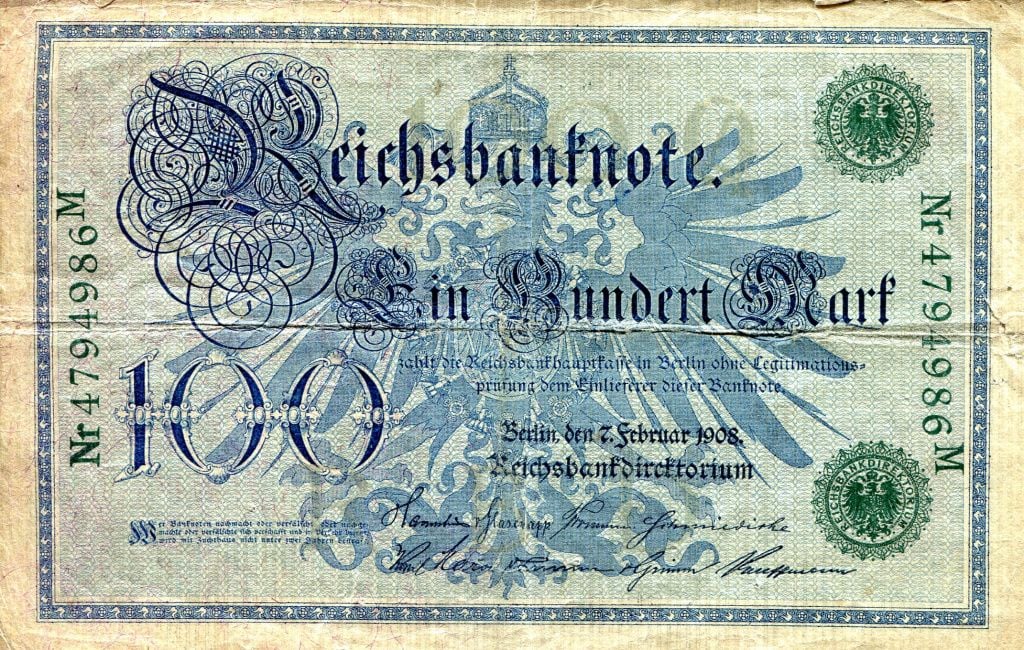
GOOD (G)
A well-worn and heavily used note. Normal damage from prolonged circulation may include strong multiple folds and creases, stains, pinholes or staple holes, dirt, discolouration, and the note has an overall unattractive appearance. No large pieces of the note may be missing. Graffiti is commonly seen on notes in Good condition. Paper notes will have edge tears, a center hole and rounded corners. A polymer note may have damaged cornered.

FAIR (FR)
A dirty and very well-used note. As well as the defects mentioned under the Good category, larger pieces may be half torn off or missing. Paper notes will be totally limp, tears may be larger, obscured portions of the note may be bigger. Polymer notes will be totally crumpled, ink will be missing from the substrate and ink will show wear.
